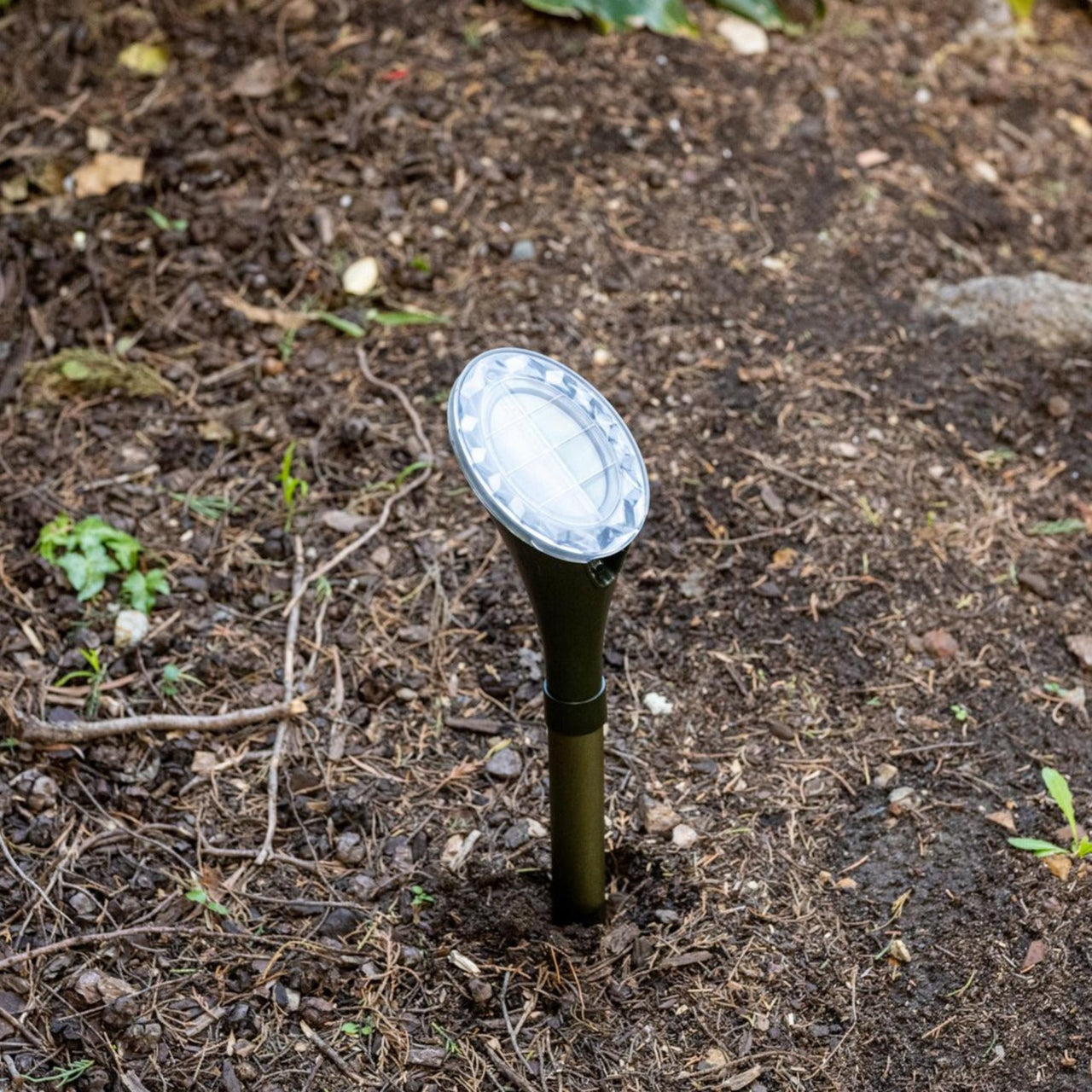Snakes are a common sight in Australia, with the Australian Copperhead Snake attracting considerable attention. Despite its prominence, there's a surprising dearth of knowledge about this species, compounded by widespread myths mistaken for facts. This piece aims to shed light on the Australian Copperhead Snake and offer guidance should you encounter one.
General Species Information
Known as the Lowland or Lowlands Copperhead, the Austrelaps superbus is a venomous snake indigenous to southeastern Australia and Tasmania. It's often simply called a Copperhead, leading to confusion with its American namesake, the Agkistrodon contortrix. However, these two species are unrelated.
The Australian Copperhead belongs to the Elapidae family. This family is home to other Australian snakes like the Death Adder, Burrowing Snakes, and Taipans, as well as the globally renowned King Cobra.
In contrast, the American Copperhead, also known as the Eastern Copperhead, falls under the Viperidae family. Notably, the Viperidae family has no representatives in Australia.
The Appearance of a Lowlands Copperhead
The lowland copperhead is a medium-sized snake, reaching lengths of between three and five feet long. Their colour can vary significantly, from a coppery mid-brown to a beautiful array of yellow, red grey, or black.
While they have the name copperhead, this is not always present. And therefore it can sometimes be confusing for people who are looking at the snake and expecting to see a copperhead.
The Venom of the Australian Copperhead

Copperheads are known for their venom, but it is not as highly venomous as other snakes which can be found in Australia. If bitten, there is a good chance of survival if appropriate medical care is sought.
The venom is a neurotoxin, which affects the function and structure of the nervous system in the bitten individual. It can work rather quickly on most. From the dozen or so reported bites, only one person has been recorded as dying from the bite.
Distribution and habitat
Found throughout southeastern Australia and Tasmania, the snake prefers to live in locations of low vegetation close to water where it can find its preferred prey: frogs, lizards, and other snakes. The copperhead has shown traits of cannibalism, like most other snake species.
However, the species is not confined to these areas. It is highly adaptable. And can be found in the Blue Mountains where it lives in woodland. However, its population in the area has been declining in recent years, partly because of the increased risk of fires and the spread of urbanisation that is destroying their preferred habitats and reducing prey populations.
How to Deter Copperhead Snake From Accessing a Property

While there is a limited chance of the copperhead accessing the home, the constant infringement of human populations into their native ranges can push for human-copperhead interaction.
As such it is important to discourage the snakes from accessing the home. Bites are rare, but a curious cat, dog, or child can easily be bitten and this can cause significant harm to the individual, if not kill them.
However, there are a few things that can be done to dissuade snakes from a home. These can include some of the following:
- Snake repellents, such as the Envirobug snake repellent send out signals that mimic predator vibrations in the ground and scare the snakes away.
- Keep your garden and outbuildings tidy so there are no spaces that will make a good home for the snake.
- Not having a pond with lots of prey items living in it, which include frogs.
- Being more active in the garden, snakes are private individuals and prefer to be in areas where humans aren’t.
- Keep lawns and borders clear.
What to do if You See an Australian Copperhead?

If you do come across an Australian Copperhead, it is best to leave the individual alone. They are a species that can bite if they feel threatened. If you note down the location and time, then you can contact a snake control expert who will come to your property and help you catch and relocate the individual.
The controller might also be able to help you prevent further invasions of the species by pointing out what is attracting them in the first place.
Other Copperheads
While the lowlands copperhead is the most common species that you’re likely to come into contact with. There are another two species of copperheads that you should be aware of. The Pygmy copperhead is a small species which reaches lengths of just 60 cm and lives in South Australia and on Kangaroo Island.
There’s also the highland copperhead, which is about 1.25 metres long and lives in the alpine areas of Victoria and New South Wales.
Both of these species are also venomous and should be approached with caution.
Either of these species, along with the lowlands copperhead, can be called the Australia Copperhead and this can be very confusing. When talking to an expert, it is best if you identify which species you’re talking about.
The prey for all species are amphibians, fish, lizards, and other snakes.
Final Word: The Australian Copperhead Snake
The Australian copperhead is a fantastic group of snakes which play an important part in our ecosystem, helping to reduce populations of amphibians and other reptiles. They’re also part of the food chain, being a common prey item for many birds and larger reptiles.
They are a venomous species, but not one that has been known to cause too much risk to humans as long as medical attention is sought pretty quickly. What is important is that you learn how to identify the snake, prevent ways for it to make a home in your garden, and know when to call an expert snake catcher to remove the snake from your property.
Once you have these aspects, you can allow the copperhead to live its life while you get on with your own.











